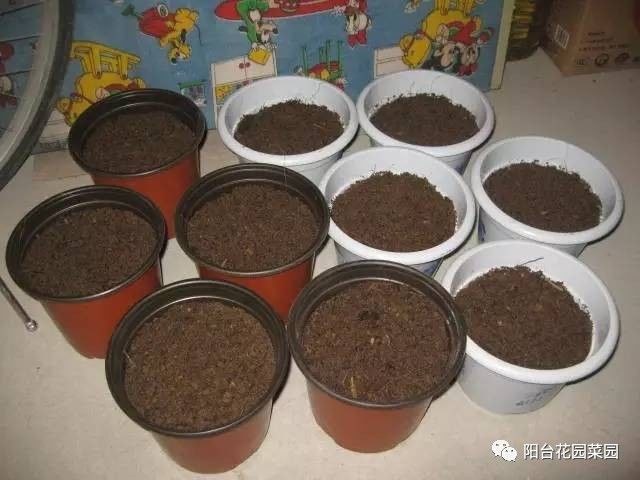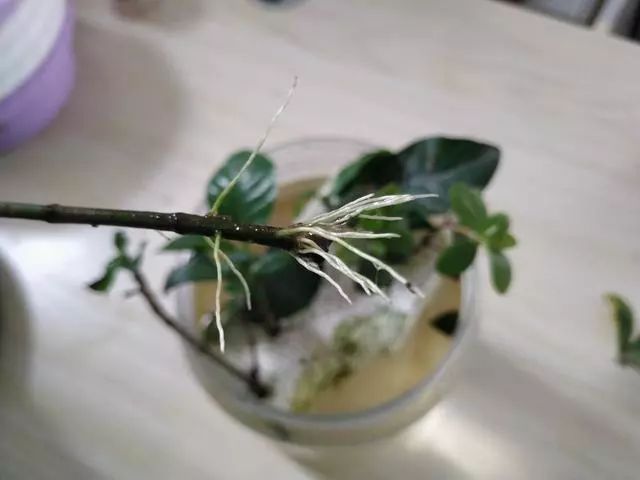A few small moves to change pots, no worms, no yellow leaves, potted flowers have gone crazy.

After growing flowers and changing pots, some flower lovers are worried that it will be difficult to recover, and those who have not changed pots are even more afraid that the plants will die as soon as they change pots. In addition to constantly accumulating experience in the process of changing pots, we also need to learn some tips to make flowers and plants recover faster and avoid easily induced diseases and insect pests.
First, disinfect the basin soil before putting on the basin.
Some novice change pots just wash the old flowerpots and start to put them on the pot. in fact, this has no effect at all. all flowerpots that have been planted and want to replant plants should be sterilized before they can be used to plant new plants. If they have been planted for a long time, they should be soaked in clean water for a day to remove the alkaline residues in the old pots.
Disinfection methods can be boiled in boiling water and soaked in carbendazim solution. Soil disinfection is relatively simple, only need to expose the soil for 3 days, or irrigate it once with carbendazim solution, which can not only make the plants recover faster, but also achieve the effect of sterilization and avoid fungal infections that are easy to be induced in the future.
Second, how to avoid blockage of drainage holes
When choosing soil, try to choose loose, well-drained soil, fertility can be adjusted with organic fertilizer, but if the soil drainage is not good, then it is easy to block the drainage hole at the bottom of the basin, which is easy to cause stagnant water in the basin soil and cause rotting roots of plants.
You can spread some ceramsite or broken tiles at the bottom of the basin, which can prevent the basin soil from blocking the drainage holes and is beneficial to the growth of plants.
Of course, we should also mix the soil with cinder, river sand or perlite, which are favorable for drainage and air permeability.
III. Appropriate addition of organic fertilizers
In order to increase the fertility of the soil and promote plant recovery faster, it is necessary to use organic fertilizers. Plants that have just been planted must not eat chemical fertilizers, that is, all kinds of compound fertilizers, preferably compost soil or mature organic fertilizer.
1. Compost soil
The production of composting soil is relatively simple, mainly to collect more materials at ordinary times. The best composting materials are hay, fallen leaves and vegetable leaves. Tea dregs, medicine grounds and coffee grounds in life can also be poured into them. In addition, some sun-dried crushed egg shells, fine dead branches or peels can be used for composting.
When composting, there should be drainage holes at the bottom of the container, composting materials can be mixed with some garden soil, add an appropriate amount of water, mix all kinds of materials evenly, and maintain a slightly moist state without stagnant water.
Because we won't put in some meat and dairy products, we don't have to worry too much about it smelling.
After that, we stir once a week or two, add some water when dry, even ferment without sealing, and we can get dark compost soil after half a year.
2. Mature organic fertilizer
The mature organic fertilizer is used as the base fertilizer when changing the basin, and it is placed directly on the bottom of the basin. Now there is a layer of soil at the bottom of the basin, followed by a layer of rotten organic fertilizer, then a layer of soil, and finally plants. This is to prevent the root system of the plant from coming into direct contact with the base fertilizer, and the organic fertilizer slowly releases fertility, which is a dilute fertilizer.
Of course, the above are some very common tips for changing pots, which can be automatically ignored by the old gardeners.
- Prev

Here comes the recommendation of the plant department book list.
Flower arrangement book list recommended the fourth play ~ from the last flower book recommendation, unexpectedly has been provoked in the past half a year! Today, I would like to recommend another batch, many of which are freshly baked. As soon as I got the peony and read it, I couldn't wait to think of Amway. This time.
- Next

It's easy to learn what to do with these two cuttings, what to live and what to give birth to white roots.
Now is the season of high temperature and humidity, the peak season for the growth of jasmine gardenia, and also a good time for cutting, but some flower friends are easy to fail when they are cutting, maybe the method is not mastered correctly, today I will introduce to you.
Related
- Wuhan Hospital Iron Tree Blooming Result Was Instantly Frightened by the Gardener Master
- Which variety of camellia is the most fragrant and best? Which one do you like best?
- What is the small blue coat, the breeding methods and matters needing attention of the succulent plant
- Dormancy time and maintenance management of succulent plants during dormancy
- Minas succulent how to raise, Minas succulent plant pictures
- What are the varieties of winter succulent plants
- How to raise succulent plants in twelve rolls? let's take a look at some experience of breeding twelve rolls.
- Attention should be paid to water control for succulent plants during dormant period (winter and summer)
- Watering experience of twelve rolls of succulent plants
- Techniques for fertilizing succulent plants. An article will let you know how to fertilize succulent plants.

